Why Do Winter Bees Live Longer?
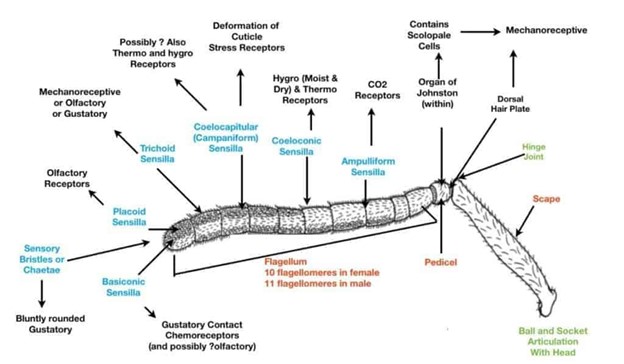
Introduction Winter can be a challenging time for beekeepers. As temperatures plummet, managing the internal conditions of beehives becomes critical and is a dance with nature. It’s clear that honey bees exhibit complex behaviors and physiological responses when managing their hive environment. The hive is in fact an extended phenotype (physical characteristic extending beyond its […]
Robbing Stress
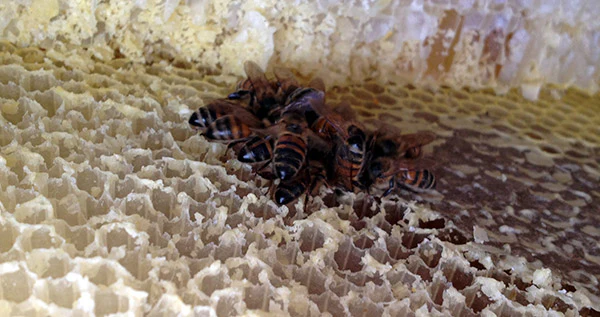
Introduction Honey bees forage for kilometers across the landscape, and they have sophisticated adaptations that allow them to take advantage of sparse, ephemeral floral resources. During extreme resource scarcity, they can deploy a comparably extreme foraging tactic known as robbing. Robbing is a high risk, high reward, and a tactic whereby workers attack and often […]
Harbo Assay, Varroa Sensitive Hygiene Testing
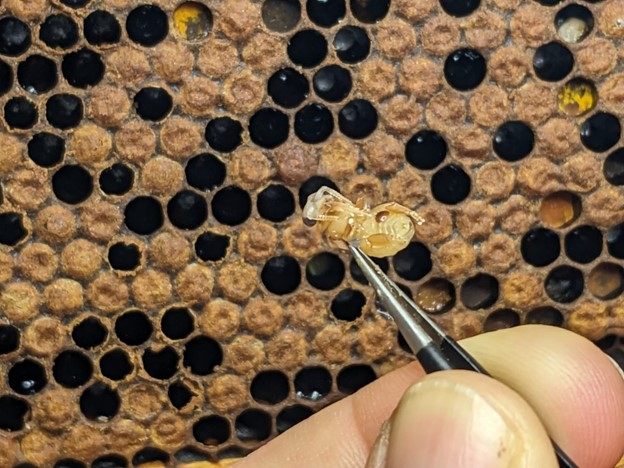
From Wild Hives More than likely you could simply Google “Harbo Assay” and get all you ever wanted to read on this topic, but my hope is that the organized extracts below might take you from “knowing” about this topic to actually getting involved. Yes, you as a backyard beekeeper can participate. Commercial breeders located […]
Mold, should I be concerned?
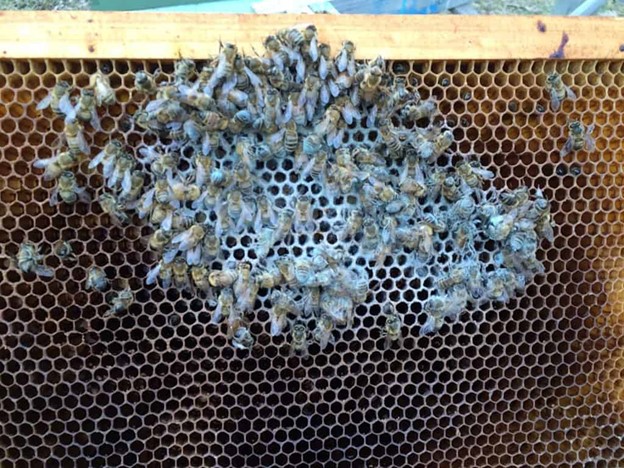
It is early spring, and your beehive seems too quiet. You pop the lid only to find mold everywhere. It cloaks dead bees, top bars, and on the comb. There is no doubt in your mind: mold killed your bees. But did it? In truth, mold in a beehive is a result of colony death, not the cause of […]
2025 UPDATE Spreading Varroa Resistant Traits
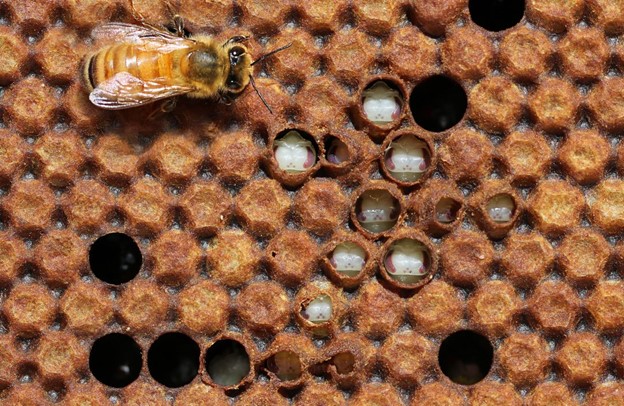
2025 Update Dr Melissa Oddie has done some outstanding recent research worthy of mention in the last couple years on this topic. Below are the links to two resources for your review. Reproductive success of the parasitic mite (Varroa destructor) is lower in honeybee colonies that target infested cells with recappingSteve Riley (Westerham Beekeepers) Resisting […]
Mono-Culture Landscapes, Sunflowers, and Honeybee Health
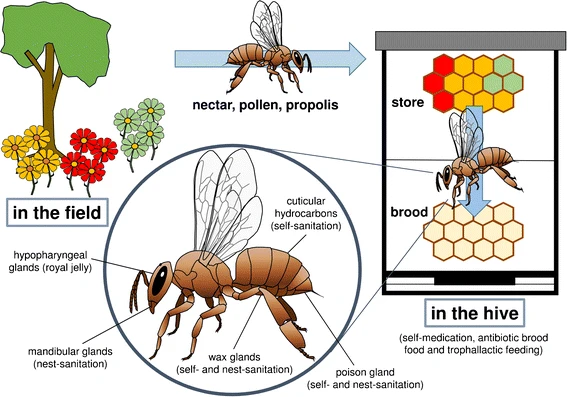
Introduction Landscapes can affect parasite cause and distribution in wild and agricultural animals. Honeybees are threatened by loss of floral resources and by parasites, principally the mite Varroa destructor and the viruses it carries. Existing mite control relies heavily on chemical treatments that can adversely affect bees. Alternative, pesticide-free control methods are needed to mitigate infestation with […]
Superfood for Honeybees
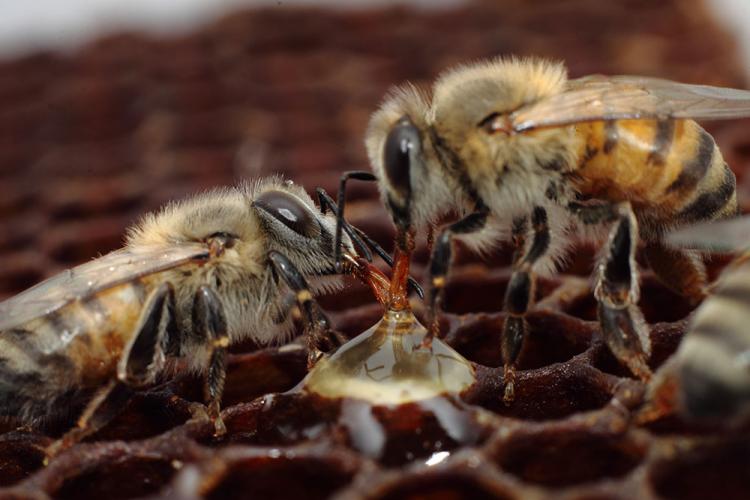
Introduction A variety of insects can produce honey — bumblebees, stingless bees, even honey wasps — but only honeybees (Apis species) produce enough to stock grocery store shelves. This ability didn’t happen overnight; it was millions of years in the making. Bees made the split from wasps around 120 million years ago, during a surge in […]
Natural Defense Against Varroa
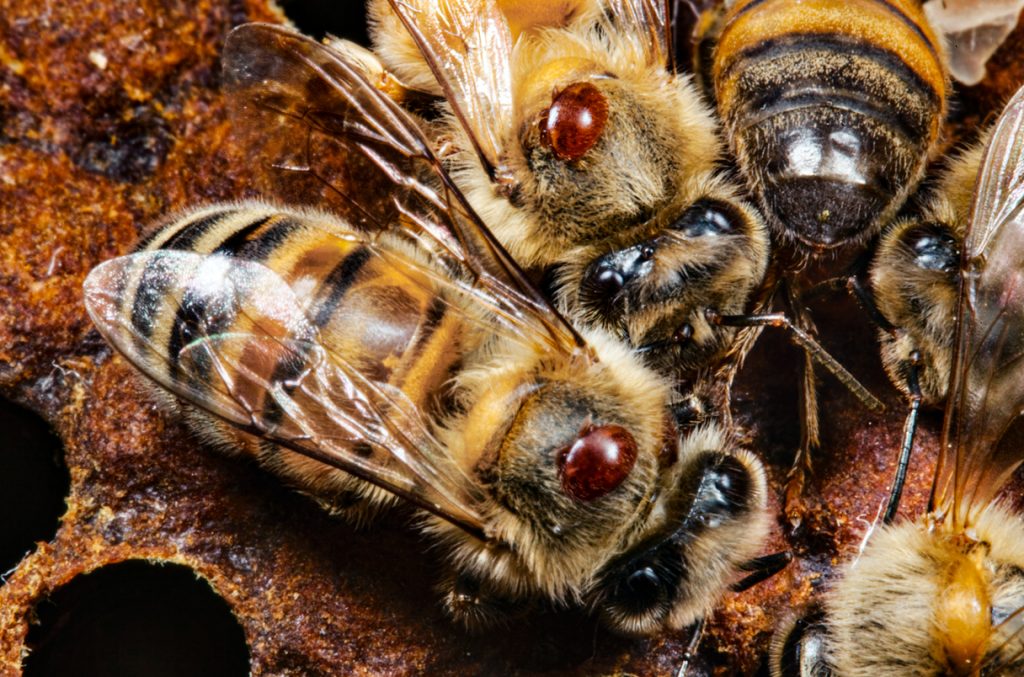
Introduction After Varroa jumped the species barrier around the 1950s, from its native host Apis cerana (Asian honeybee) onto A. mellifera, it spread globally along with deformed wing virus (DWV). Currently only Australia and a few small, isolated islands are free of both DWV and Varroa. Since then, research and experimentation continue to try to identify and select for the honeybee genetic […]
Solstice Splits
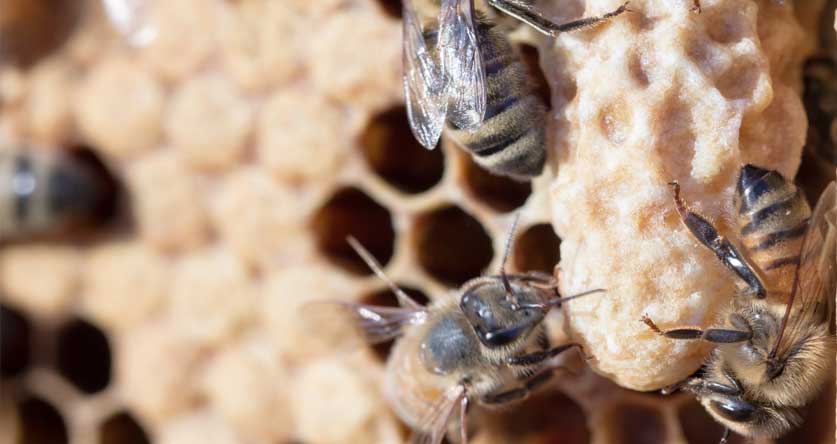
Introduction No matter the style of hive or experience as a beekeeper you likely have heard about a nuc or nucleus colony. Often, it’s regarding purchasing honeybees that come with 4-5 frames of drawn-out comb, honey, brood, worker bees and a queen. These can range from $180 to $200 plus to purchase. What if you […]
Genetic Diversity Matters
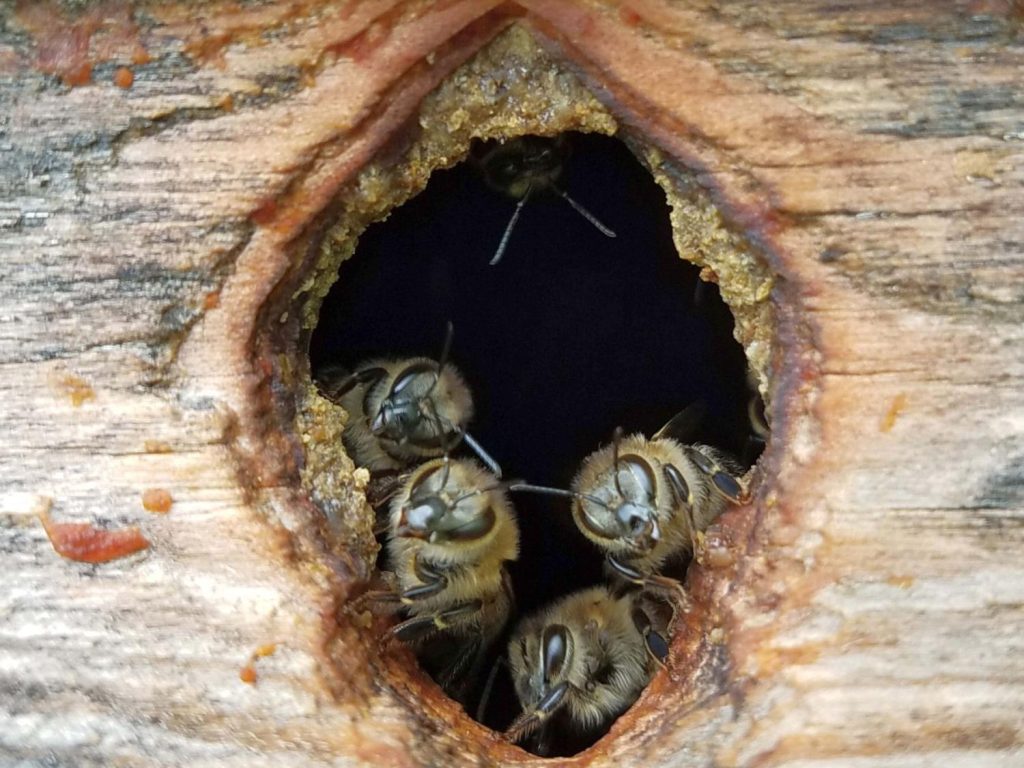
History The honeybee originated in the Old World, where it diverged into more than two dozen recognized subspecies. Initial introduction of the honeybee (subspecies A. m. mellifera) to North America occurred in the 17th century and records indicate that another seven subspecies were introduced by 1922, when further importations were restricted. With the notable exception […]